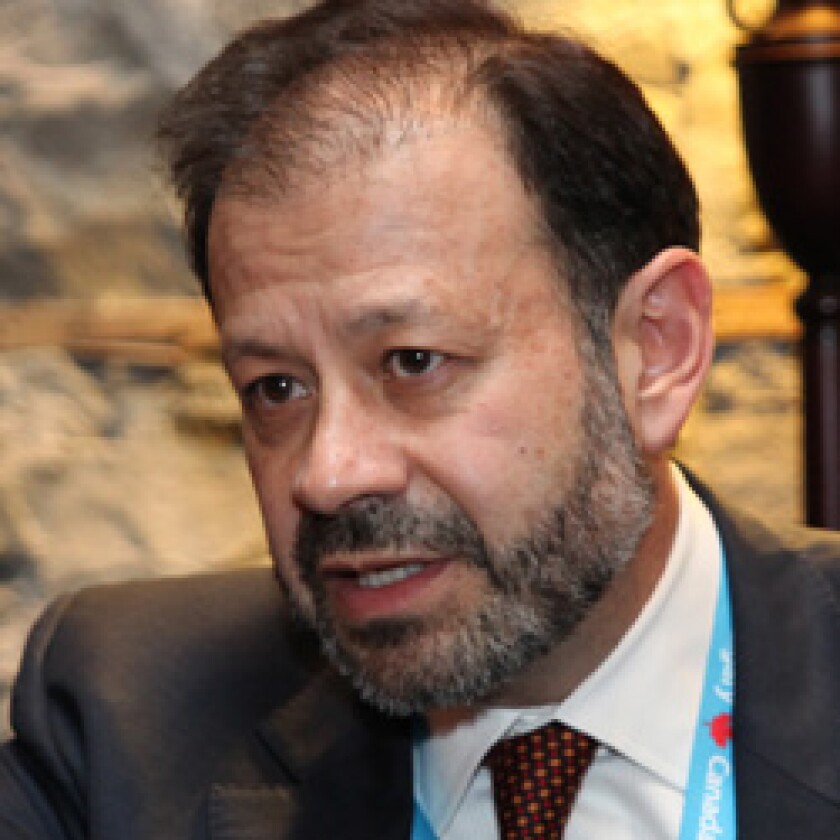The commodity boom in South America poses both an opportunity and a risk for the region, a senior World Bank official said yesterday.
“The million-dollar question is whether or not this very strong cycle can be turned into higher trend growth,” Augusto de la Torre, the bank’s chief economist for Latin America and the Caribbean, told Emerging Markets.
High commodity prices, and inflows of foreign direct investment (FDI) and financial capital, are leading countries in the region to debate appropriate growth rates that will not lead to inflation, the primary concern of policymakers.
In Colombia, finance minister Juan Carlos Echeverry said the country wants sustained growth of between 5% and 6%, because rapid growth could lead to a spike in inflation. In Brazil, the debate ranges between 4% and 5%.
De la Torre pointed to the contrast between Latin America and South East Asia, where growth can reach between 8% and 9% without inflationary pressures, “because their economies have productive capacity and flexibility to accommodate higher long-term growth.”
Alberto Ramos, chief Latin American economist at Goldman Sachs, has said that Latin America needs to deal with “structural speed limits” if it wants to obtain high long-term growth without creating inflationary pressures. These structural problems involve a number of factors, including infrastructure, human capital and logistical capacity.
De la Torre said the region needs to take advantage of the commodity windfall “to build savings to address these structural limits to growth. This is the challenge for the region.”
De la Torre said if the region knows how to save, it will be able to unblock constraints. “In the past, the question about these bottlenecks was where the resources would come from. But today there is a windfall, so resources could come from appropriate savings.”
There are different recipes for this, as can be seen in the Andean sub-region. The Colombian government is working on legislative changes that will allow it to create a sovereign wealth fund to address a series of issues, from pensions to infrastructure to science and technology development.
President Juan Manuel Santos’s administration plans to inject $1.5 billion in the fund annually for 10 years starting in 2012.
In Peru, finance minister Ismael Benavides said the government would be creating a wealth fund, but this would be a contingency fund for emergencies. In Bolivia, the government is planning to use burgeoning reserves to create productive enterprises that will help the country weather external shocks, such as the current spike in food commodities.
Colombia expects $30 billion in different forms of investment, both public and private, to ramp up infrastructure. Brazil is looking to the private sector to help it meet the infrastructure challenges, including needs tied to the 2014 World Cup and the Summer Olympics two years later.
